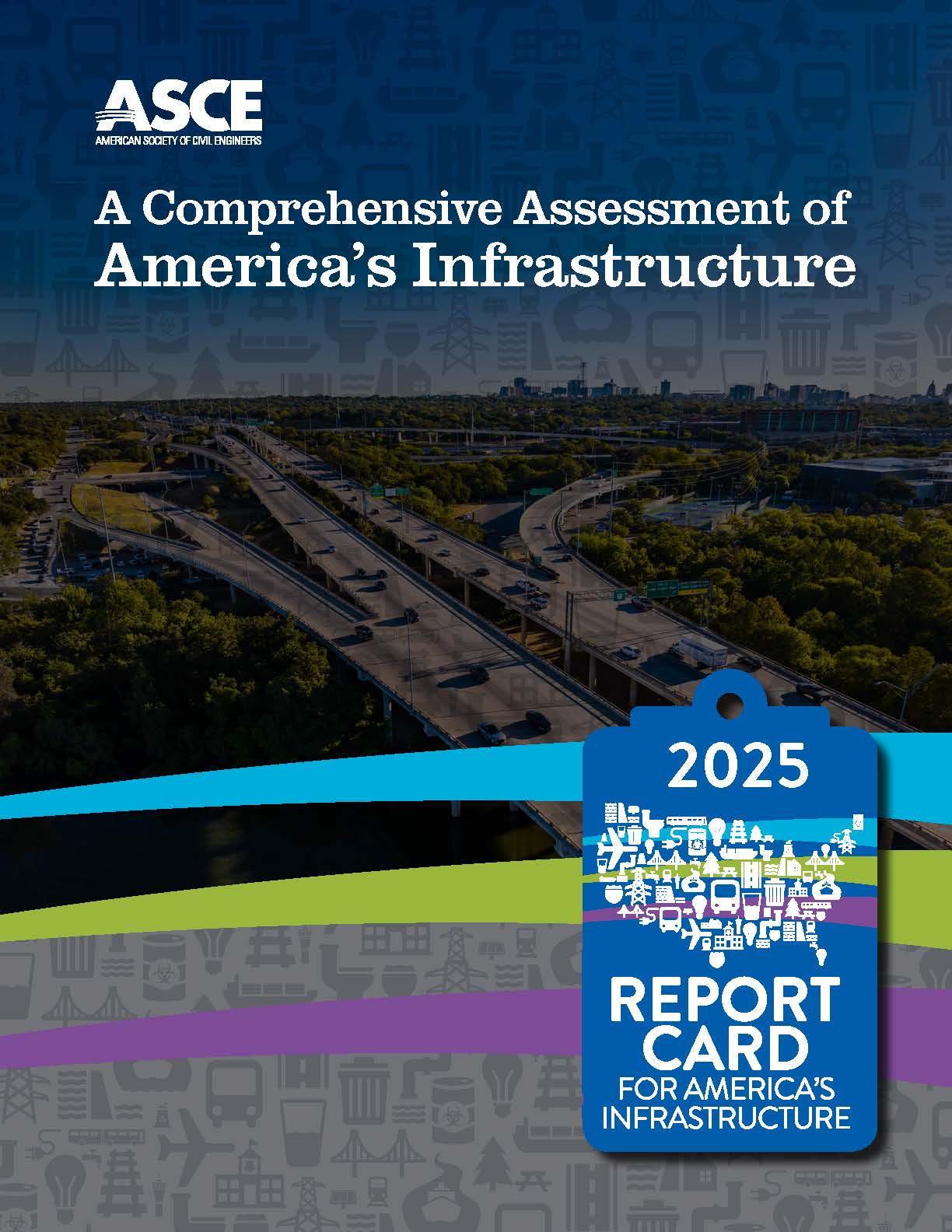This website uses cookies so that we can provide you with the best user experience possible. Cookie information is stored in your browser and performs functions such as recognising you when you return to our website and helping our team to understand which sections of the website you find most interesting and useful.
News
United States Drinking Water Infrastructure Rated a C-
The American Society of Civil Engineers (ASCE) recently released its 2025 Report Card for America’s Infrastructure. The main takeaways are:
- The United States needs to invest more heavily in its infrastructure.
- The US’s overall infrastructure grade is a C
- Drinking water infrastructure received a C-
- Wastewater infrastructure received a D+
- Stormwater infrastructure received a D.
- The overall C grade is a slight improvement over the C- it received in ASCE’s 2021 report.
The report found that legislation passed between 2021 and 2025 has helped to make up for gaps in necessary funding, but still falls well short of where it needs to be. There are more than 2 million miles of underground pipes operated by nearly 150,000 public water systems. These systems serve more than 90% of the US population. Over half of these public water supplies have identified rehabilitation and replacement of aging infrastructure as their most critical challenge – yet funding isn’t there for many of them to complete necessary improvements. To make matters worse, many pipes laid in the 19th century and post-World War II are coming to the end of their useful life, which has exacerbated issues. The report estimates that approximately 126 billion cubic meters of water (or approximately 33.3 trillion gallons) is lost annually, resulting in more than $187 billion in lost revenue.
There is room to be hopeful that issues are abating, however. There has been a 20% annual reduction in water main breaks per 100 miles of pipe since 2018. And, as the report says, “much of this reduction resulted from a nearly 8% decrease in the use of cast iron and asbestos cement pipes, which are responsible for the highest rates of breakage across all pipe materials…”. The report goes on to say that many of these old, failing pipes have been replaced by PVC and ductile iron pipe – but makes the point to say that “ductile iron remains vulnerable to highly corrosive soil, with ductile iron pipes experiencing a break rate six times higher than when placed in less corrosive soil”.
This data in the report comes from the wonderful study from the Utah Water Research Laboratory at Utah State University, which released a report last year on pipe break rates. The findings in this report were clear – PVC pipe has the lowest failure rate of any pipe material. It’s no coincidence either, that the overall failure rate of water mains has reduced in recent years as PVC has grown in market share.
The data shows that we need to invest considerably more in our drinking water infrastructure. The best way to do this is to remove old and aging metal pipes and replace it with the material with the lowest break rate (and that isn’t susceptible to corrosion, unlike ductile iron pipe), PVC.


